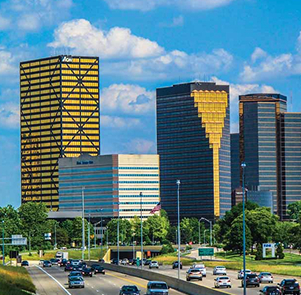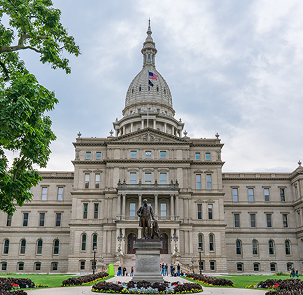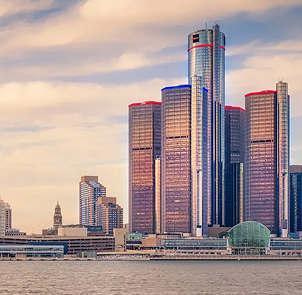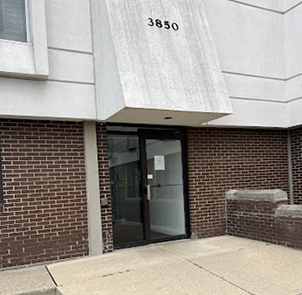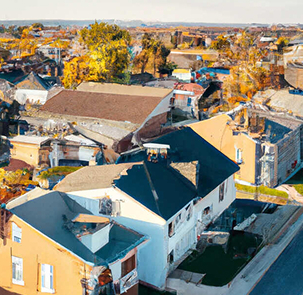Distracted drivers are a major hazard and the cause of thousands of deaths and hundreds of thousands of injuries each year. Though distracted drivers pose a threat to just about any person or object on or near a road, they prove particularly dangerous to motorcycle riders.
As it stands, approximately
41% of motorcycle accidents occur because the driver of a passenger vehicle did not see or notice the biker. Though failure to notice a biker may result from bad weather, heavy traffic, vehicle blind spots, bends in the road or sun in the eyes, one of the main culprits for such a failure is driver distractions. Distracted driving is the reason for approximately one in every five injury crashes and 14% of fatal crashes, so it makes sense that it is also largely responsible for
motorcycle accidents.
Defining Distracted Driving
Distracted driving refers to any activity that takes a person’s eyes, hands or attention away from the road for any length of time. Though an activity may seem innocent enough, if a person engages in it behind the wheel, it could cost lives. According to the Centers for Disease Control and Prevention, a little more than
3,000 people die each year because of distracted driving. As many as one in five people who died because of a distracted driver were not in vehicles at the time of the incident. Rather, they were walking, riding their bikes, playing in a cul-de-sac, walking through a parking lot or otherwise out of their vehicles.
The bottom line is that distracted driving is a major hazard. Unfortunately, many drivers continue to engage in distracting activities while behind the wheel, and often because they are not aware of what constitutes a distraction. When they hear the term “distracted driving,” most people think of cell phone use, which does account for
nearly one-third of all car crashes. However, distracted driving takes many shapes. According to EndDD.org, distracted driving falls into one of three categories: manual, visual and cognitive.
Per the organization, manual distractions are ones that pull your hands away from the steering wheel. Visual distractions are those that require you to look away from the road, and cognitive distractions are ones that cause your mind to wander from the task at hand. Texting is the worst kind of distraction, as it involves all three distractions, but there are several other activities that prove equally as dangerous, such as the following:
- Eating
- Talking to passengers
- Navigating with a GPS
- Changing the radio station
- Dealing with children or pets
- Daydreaming
- Rubbernecking
- Applying makeup/grooming
- Reaching for something in the glove compartment, passenger side floorboards or backseat
- Smoking
- Crying
Each of these activities distracts drivers in one or several ways. The longer the distraction, the more dangerous it becomes. To provide an example of just how dangerous distractions can be, the National Highway Traffic Safety Administration likens a five-second distraction to driving the entire length of a football field blindfolded.
How Distracted Driving Can Cause a Motorcycle Accident
Distracted drivers are just as likely to collide with other passenger vehicles as they are with motorcycles. Unfortunately, the consequences of distracted driving are likely to be far more severe when they involve a motorcycle than if they were to involve another
car,
truck or SUV. This is because, whereas other vehicles have sturdy frames to protect their occupants, all motorcyclists have are their helmets, if that.
To prevent motorcycle accidents and their life-shattering consequences, it is crucial that both drivers of occupant vehicles and motorcyclists understand how distracted driving can cause motorcycle accidents. Below are a few examples of how:
- Distracted driving can cause a driver to drift into another lane or oncoming traffic and sideswipe a motorcyclist
- Distracted driving can cause a driver to not see a stopped motorcyclist ahead and, therefore, to rear-end it
- Distracted driving may prevent a driver from anticipating a motorcyclist’s next moves and, therefore, reduce reaction time
- Distracted driving may cause a driver to turn without seeing a motorcyclist
- Distracted driving may cause a driver to back out of a driveway or parking lot without seeing a motorcyclist
- Distracted driving may prevent a driver from checking his or her blind spots for motorcyclists
To help you visualize how each of these incidences may occur, consider the following scenarios:
- A driver reaches into the backseat to get a toy that his toddler had dropped. In the process, in accidentally jerks the wheel to the right, forcing the car into the adjacent lane, where a motorcyclist is riding.
- A driver knows traffic is slowing ahead so decides to check her phone. In the five seconds she takes to read a text while coasting forward, the traffic had come to a complete standstill and she rear-ends the vehicle in front of her, which happens to be a motorcycle.
- A mother may be trying to get her kids to settle down while backing out of a parking spot. In her flustered state, she failed to check her blind spots and hit a motorcyclist who was driving through the lot.
Each of these scenarios is not only plausible, but they happen every day. Though vehicle drivers must do their part to refrain from driving while distracted, motorcyclists must ultimately take steps to safeguard themselves.
How To Defend Yourself Against Distracted Drivers
The best defense against distracted driver motorcycle accidents is defensive riding. You must stay vigilant and do what you can to minimize your risks of becoming the victim of a distracted driver, as you cannot count on other people to do it for you. So, what can you to do protect yourself while you are out on the open road? Below are a few top safety tips:
- Wear flashy clothing, such as a brightly colored jacket, reflective vest and colorful helmet.
- Make your presence known. Run your headlights at all hours of the day or night, flash your brakes a few times to indicate that you plan to slow down or stop and stay in drivers’ rearview mirrors. Try to avoid their blind spots at all times. Do not be afraid to honk if and when necessary.
- Always use your turn signals, and consider turning them on sooner than you would in a car. If plausible, use your hands to indicate your intent to turn as well.
- If you plan to make a left turn, try to make sure the oncoming vehicle sees you. In the best-case scenario, you will make eye contact with approaching drivers.
- When on the highway, only merge into oncoming traffic once you have confirmed the drivers next to you have seen you.
- Look for signs of distracted driving. Those may include slight weaving in and out of the lane, slow reaction times at lights, head down, erratic movements and fluctuating speeds.
What To Do When a Distracted Driver Hits You
Even if not illegal in all 50 states, distracted driving can and does cause accidents, injuries and fatalities. When it does, the law in all states makes it possible for victims and their family members to pursue damages via a
personal injury or
wrongful death claim.
If you or a loved one is the victim of a distracted driving accident, and if you sustained serious injuries and damages as a result, know that the law is on your side. To use it to your advantage, and to maximize the value of your claim, consult with an experienced
motorcycle accident lawyer right away. Consult with the team at Mike Morse Law Firm. Contact our office today to
schedule your free initial consultation.
